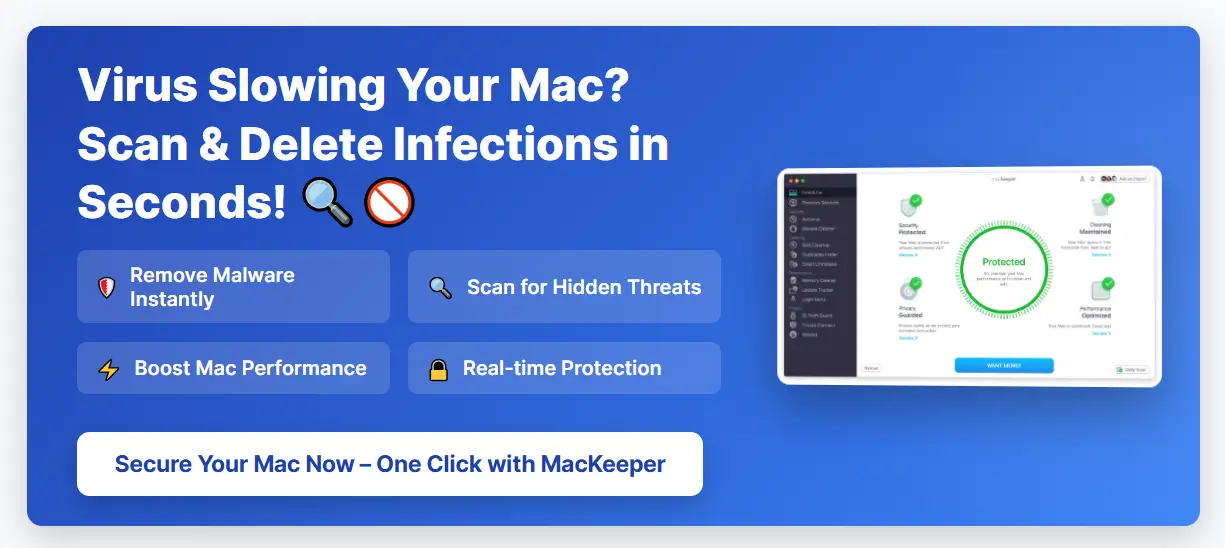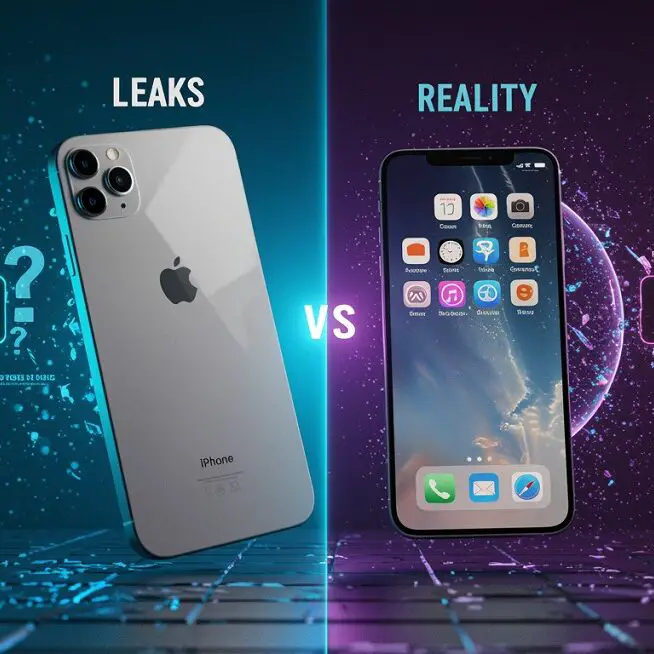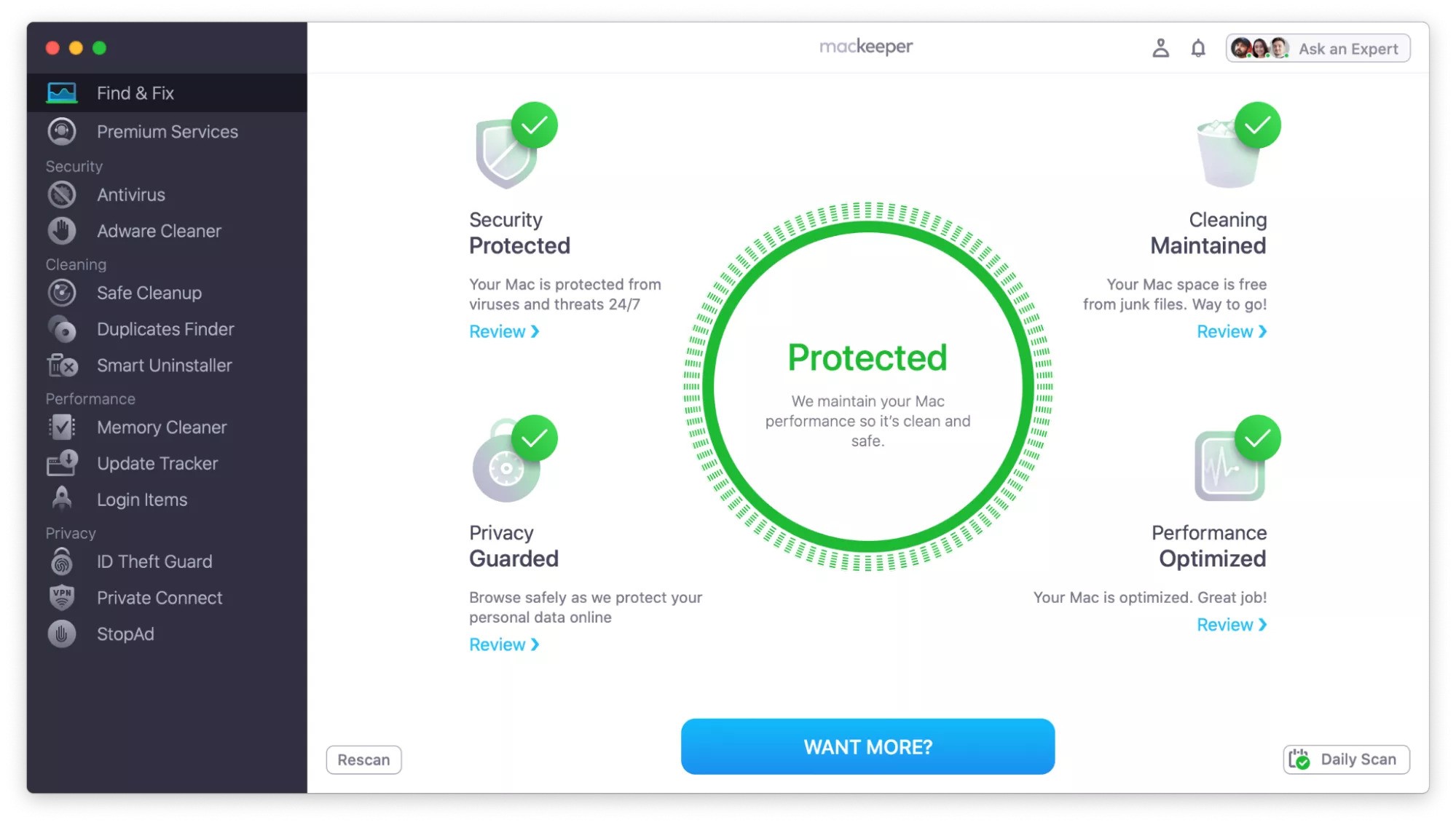
Your iPhone could be hiding dangerous apps right now. In a major crackdown, Apple recently removed dozens of risky apps from the App Store in the U.S., Canada, and Australia. These apps posed serious threats like stealing personal data, draining bank accounts, or even spying on users. But here’s the scary part: if you downloaded them before the ban, they might still be lurking on your device.
This mac4xp blog post will tell you Why Did Apple Ban These Apps, 10 Banned Apps on Apple Stores (Examples Based on Recent Trends), How to Check Your iPhone for Banned Apps, What If You’ve Been Hacked? And more
Why Did Apple Ban These Apps?
Apple’s strict App Review process blocks 1.7 million “problematic” apps yearly, but some still slip through. In September 2023, cybersecurity experts flagged apps secretly harvesting sensitive data (like passwords, location, and photos) or hiding subscription scams costing users thousands.
The banned apps fell into three dangerous categories:
- Fake VPNs: Promised privacy but installed spyware.
- “Fleeceware”: Charged massive hidden fees ($500/week for basic filters!).
- Copycat Apps: Mimicked popular tools (like photo editors) but contained malware.
10 Banned Apps in the U.S. (Examples Based on Recent Trends)
While Apple rarely shares exact app names, these examples reflect patterns observed in recent bans. Always cross-check suspicious apps on your device:
- SecureVPN Pro: Claimed to encrypt data but leaked user IP addresses.
- PhotoFilter Plus: Charged $399/month for basic editing tools after a “free trial.”
- FlashBright Torch: A flashlight app that secretly accessed microphones.
- FitnessMaster 2023: Tracked health data and sold it to third parties.
- CleanBoost Storage: Fake storage cleaner that installed adware.
- EasyTax Calculator: Harvested banking details via phishing pop-ups.
- KidsCartoon World: Targeted children with malicious ads.
- LuxuryWallpapers: Required Apple ID login to steal credentials.
- BatteryMax Saver: Drained battery life while running hidden crypto-mining scripts.
- ChatGuard Secure: A Copycat of WhatsApp that intercepts messages.
For ongoing updates on banned apps and security tips, visit our blog Mac4XP.
How to Check Your iPhone for Banned Apps
Don’t panic: here’s a step-by-step guide:
Open the App Store → Tap your profile icon → Purchased.
Search for Suspicious Apps: Look for apps with:
- Poor reviews (“Scam!” or “Charged me $999!”).
- Generic names (“HD Camera Pro” or “VPN Secure”).
- Low ratings (below 3 stars).
Delete Immediately: Press and hold the app icon → Remove App.
Pro Tip: Cross-check with Apple’s banned app list here or cybersecurity reports from Lookout.
But How Did These Apps Get Past Apple?”
Great question. Apple uses a mix of automated checks and human review, but scammers constantly evolve. For example:
- Apps initially function normally, then push malware via updates.
- Fake 5-star reviews trick the system.
- Apple has since tightened rules, banning apps that misuse APIs or hide pricing.
What If You’ve Been Hacked?
Act fast:
- Check Bank Statements: Report unauthorized charges.
- Reset Passwords: Use a trusted password manager like 1Password.
- Update iOS: Go to Settings → General → Software Update.
- Enable 2FA: Protect Apple ID with two-factor authentication.
For severe cases, contact Apple Support or local authorities.
How Apple Protects You Now
Apple’s new safeguards include:
- Stronger App Review: AI detects fake behavior patterns.
- Privacy Labels: Apps must disclose data collection upfront.
- Refund Options: Report scams via apple.com.
Still, experts like McAfee’s Terry Hicks warn: “No system is perfect. Stay vigilant.”
Apple’s recent action shows that even trusted phones like the iPhone can have dangerous apps. While Apple tries hard to keep bad apps away, sometimes they still get through.
That’s why you also need to be careful. Don’t just download any app. Always check reviews, think before giving permissions, and remove anything that feels suspicious. Just a few minutes of checking your phone can protect you from big problems.




